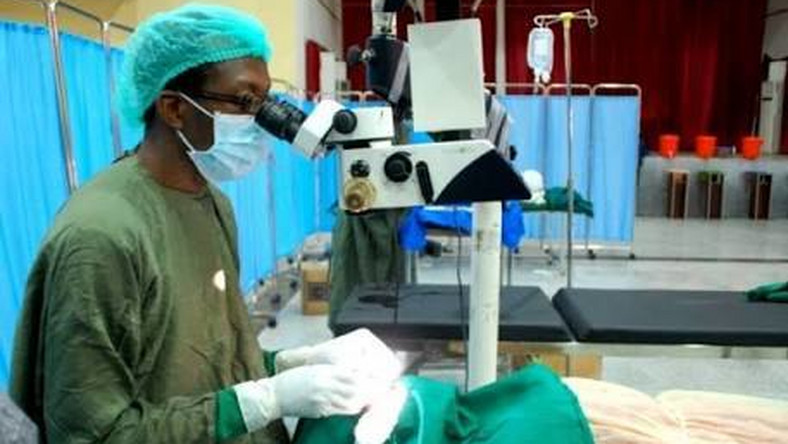New Study Finds Six Clusters Of COVID-19 Symptoms That Could Predict Severe Cases

A new study has found that COVID-19 symptoms come in six different “clusters” which may help predict which patients are more at risk and in need of respiratory support.
For the study, according to Yahoo Life, researchers used a machine learning algorithm to analyze data from more than 1,600 patients in the U.S. and the U.K. who had tested positive for COVID-19 and had regularly logged their symptoms on the Zoe health app in March and April.
Researchers then tested the algorithm by using it on an additional 1,047 patients in the U.S., the U.K. and Sweden, who entered their symptoms on the app throughout May.
The study identified six clusters of symptoms as:
Flu-like with no fever: Headache, loss of smell, muscle pains, cough, sore throat, chest pain, no fever.
Flu-like with fever: Headache, loss of smell, cough, sore throat, hoarseness, fever, loss of appetite.
Gastrointestinal: Headache, loss of smell, loss of appetite, diarrhea, sore throat, chest pain, no cough.
Severe level one, fatigue: Headache, loss of smell, cough, fever, hoarseness, chest pain, fatigue.
Severe level two, confusion: Headache, loss of smell, loss of appetite, cough, fever, hoarseness, sore throat, chest pain, fatigue, confusion, muscle pain.
SEE ALSO: New Studies Confirm A Bizarre Coronavirus Symptom: Covid Toes
Severe level three, abdominal and respiratory: Headache, loss of smell, loss of appetite, cough, fever, hoarseness, sore throat, chest pain, fatigue, confusion, muscle pain, shortness of breath, diarrhea, abdominal pain. According to a statement published on the Zoe app.:
“Although continuous cough, fever and loss of smell (anosmia) are usually highlighted as the three key symptoms of COVID-19, data gathered from app users shows that people can experience a wide range of different symptoms, including headaches, muscle pains, fatigue, diarrhea, confusion, loss of appetite, shortness of breath and more.
“The progression and outcomes also vary significantly between people, ranging from mild flu-like symptoms or a simple rash to severe or fatal disease.”
The researchers also looked at which clusters of patients were more likely to require ventilators or supplemental oxygen and found that patients in clusters 6, 5, and 4 (19.8 percent, 9.9 percent, and 8.6 percent, respectively) needed the most respiratory support.
SEE ALSO: How To Detect If Kids Have COVID-19 When They Can’t Explain Their Symptoms
But “only 1.5 percent of people with cluster 1, 4.4 percent of people with cluster 2, and 3.3 percent of people with cluster 3 COVID-19 required breathing support,” according to a statement by King’s College of London, whose researchers, along with scientists at Massachusetts General Hospital, provided input during the development of the app for the study.
The study authors suggested that these results “could be used to monitor at-risk patients and predict medical resource requirements days before they are required,” adding, for example, that “patients who fall into cluster 5 or 6 at day 5 of the illness have a significant risk of hospitalization and respiratory support and may benefit from home pulse oximetry with daily phone calls from their general practice to ensure that hospital attendance occurs at the appropriate point in the course of their illness.”
Study co-author Claire Steves, a clinical senior lecturer at King’s College London, tells Yahoo Life:
“This study helps us to see the different ways COVID can present.
“It alerts us to symptoms which are particularly worrying in the first few days if someone has a positive test — like confusion, abdominal symptoms and severe fatigue.
“More importantly, if we did start to monitor the symptoms in the first five days, we could get help to those that are on a more severe disease path earlier, and perhaps prevent them getting really sick.”


